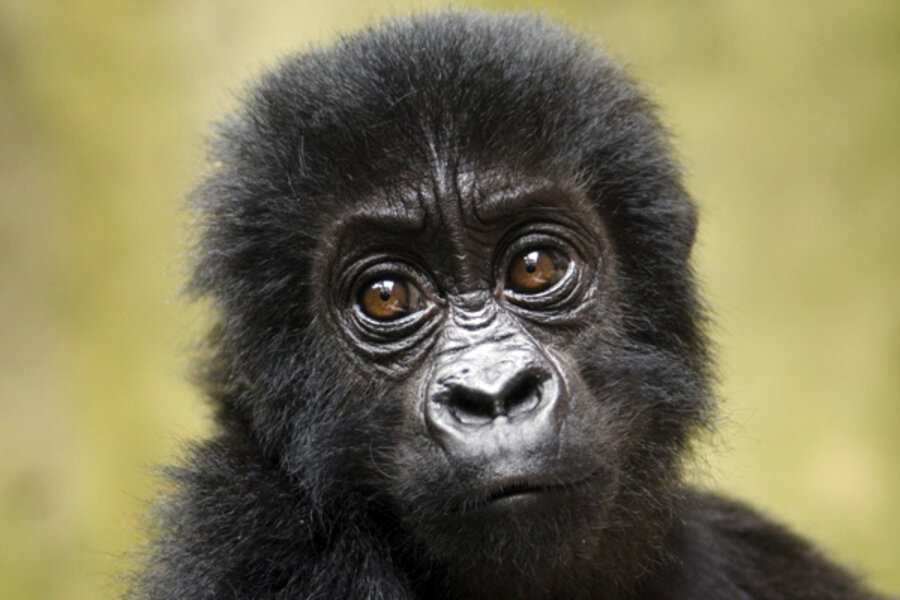Of 25 primates on brink of extinction, a quarter in Madagascar
Loading...
| NEW DELHI
Twenty-five species of monkeys, langurs, lemurs and gorillas are on the brink of extinction and need global action to protect them from increasing deforestation and illegal trafficking, researchers said Monday.
Six of the severely threatened species live in the island nation of Madagascar, off southeast Africa. Five more from mainland Africa, five from South America and nine species in Asia are among those listed as most threatened.
The report by the International Union for Conservation of Nature was released at the United Nations' Convention on Biological Diversity being held in the southern Indian city of Hyderabad.
Primates, mankind's closest living relatives, contribute to the ecosystem by dispersing seeds and maintaining forest diversity.
Conservation efforts have helped several species of primates that are no longer listed as endangered, said the report, prepared every two years by some of the world's leading primate experts.
The report, which counts species and subspecies of primates across the world, noted that Madagascar's lemurs are severely threatened by habitat destruction and illegal hunting, which has accelerated dramatically since the change of power in the country in 2009.
Among the most severely hit was the northern sportive lemur, with only 19 known individuals left in the wild in Madagascar.
"Lemurs are now one of the world's most endangered groups of mammals, after more than three years of political crisis and a lack of effective enforcement in their home country, Madagascar," said Christoph Schwitzer of the Bristol Conservation and Science Foundation, one of the groups involved in the study.
"A similar crisis is happening in Southeast Asia, where trade in wildlife is bringing many primates very close to extinction," Schwitzer said.
More than half of the world's 633 types of primates are in danger of becoming extinct because of human activity such as the burning and clearing of tropical forests, the hunting of primates for food and the illegal wildlife trade.
While the situation appears dire for some species, wildlife researchers say conservation efforts are beginning to pay off, with several primates being removed from the list, now in its seventh edition.
India's lion-tailed macaque and Madagascar's greater bamboo lemur have been taken off the endangeredinventory for 2012 after the targeted species appeared to have recovered.
Also, conservation efforts have ensured that the world did not lose a single primate species to extinction in the 20th century, and no primate has been declared extinct so far this century, said Russell A. Mittermeier, president of Conservation International and the chairman of the IUCN Species Survival Commission's primate specialist group.
"Amazingly, we continue to discover new species every year since 2000," Mittermeier said. "What is more, primates are increasingly becoming a major ecotourism attraction, and primate-watching is growing in interest."
In a separate report on global urbanization released Monday at the Hyderabad conference, the United Nations urged urban planners to incorporate green spaces in cities as more and more people move away from rural areas in search of work.
Green areas in big cities perform important ecological functions, such as "filtering dust, absorbing carbon dioxide from the air and improving air quality," the Convention on Biological Diversity said in its new assessment.
The "Cities and Biodiversity Outlook" is the first global analysis of how urban land expansion will impact biodiversity in the coming decades.
The world's total urban area is expected to triple between 2000 and 2030, with urban populations set to double to around 4.9 billion in the same period.
Data from the United Kingdom show that a 10 percent increase in tree canopy cover in cities may result in a 3-4 degree Celsius decrease in ambient temperature, thus reducing energy used for air conditioning, the report said.
Urban biodiversity also delivers important health benefits, with studies showing that proximity to trees can reduce the prevalence of childhood asthma and allergies.





